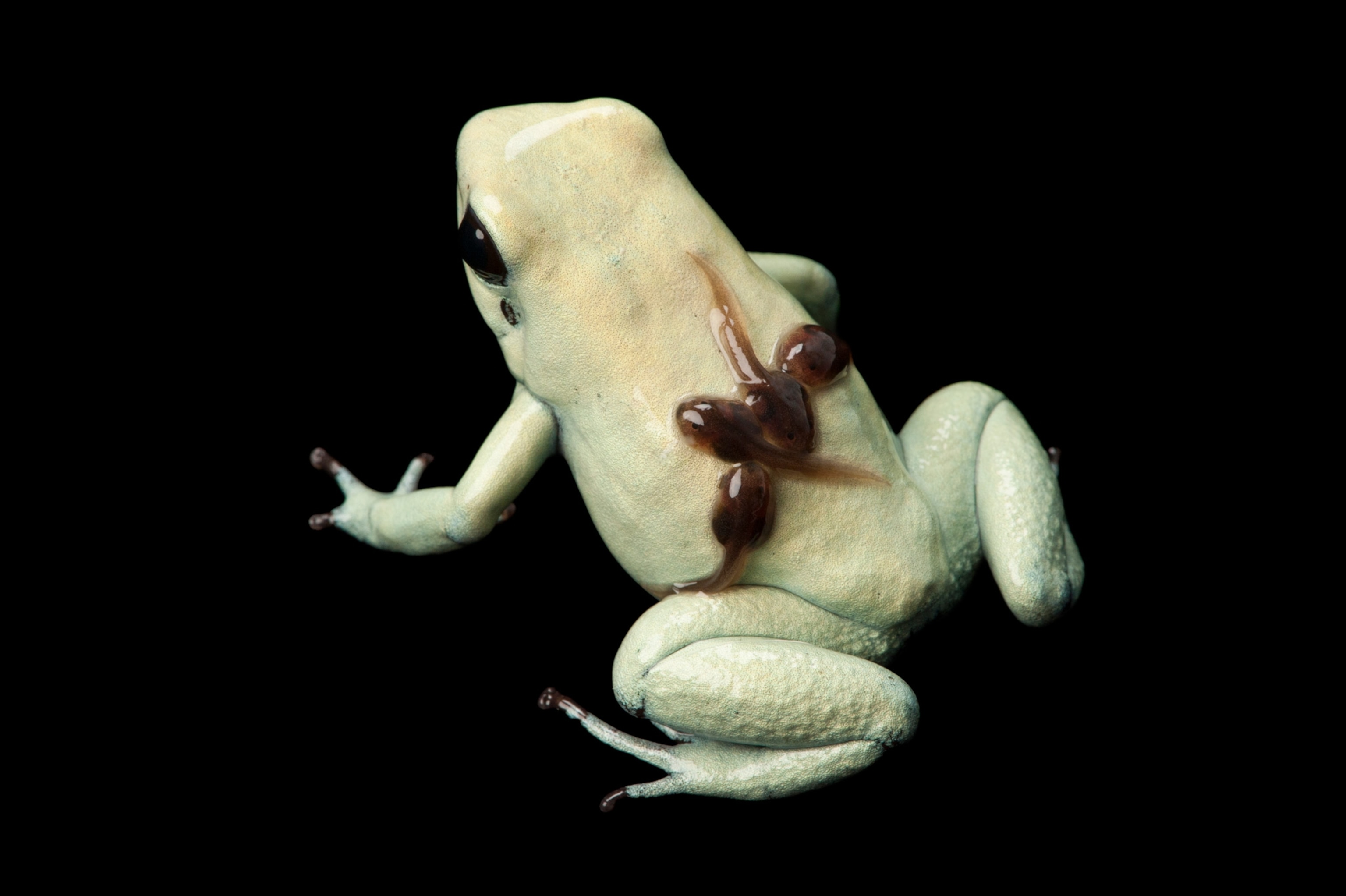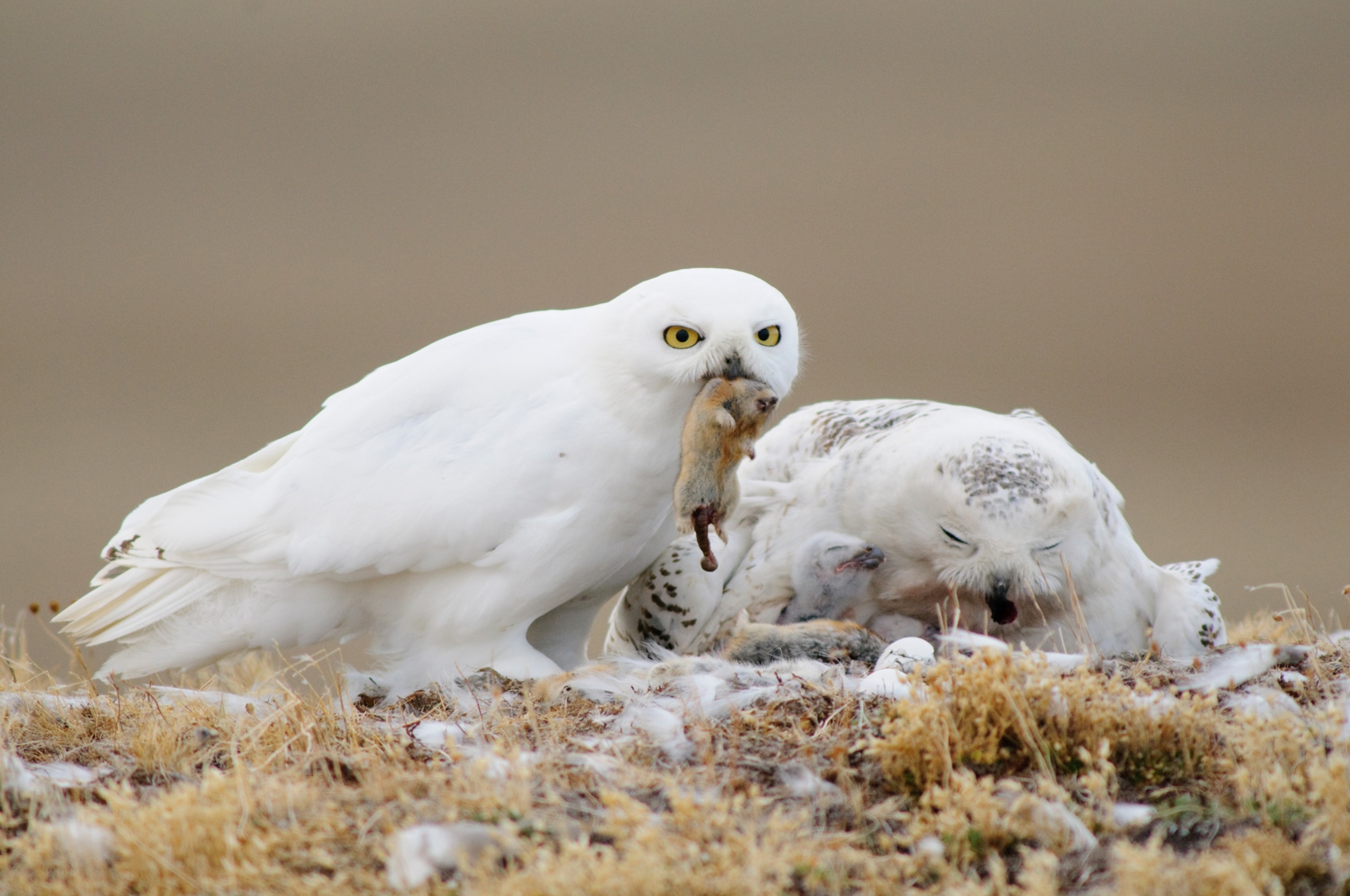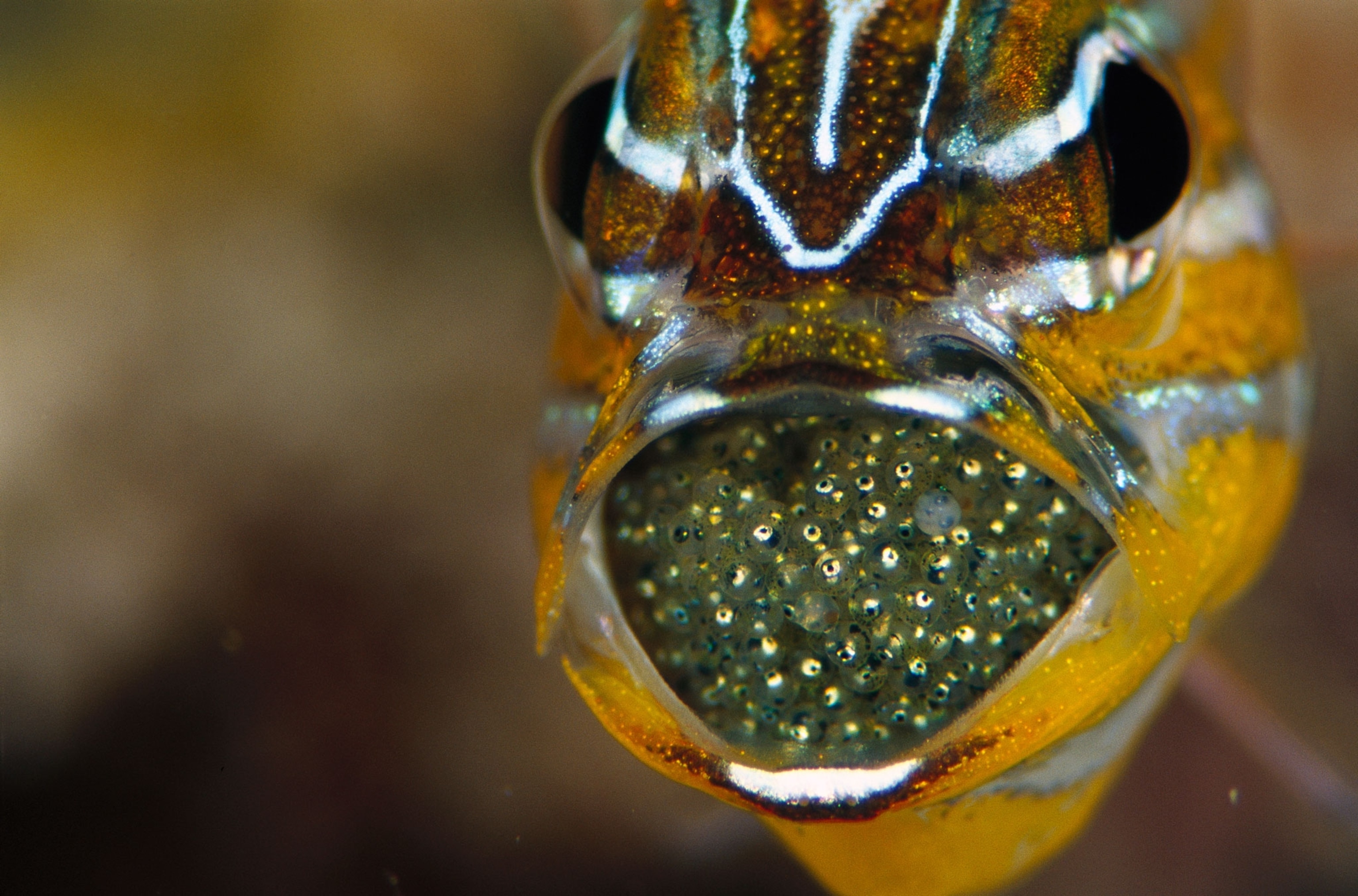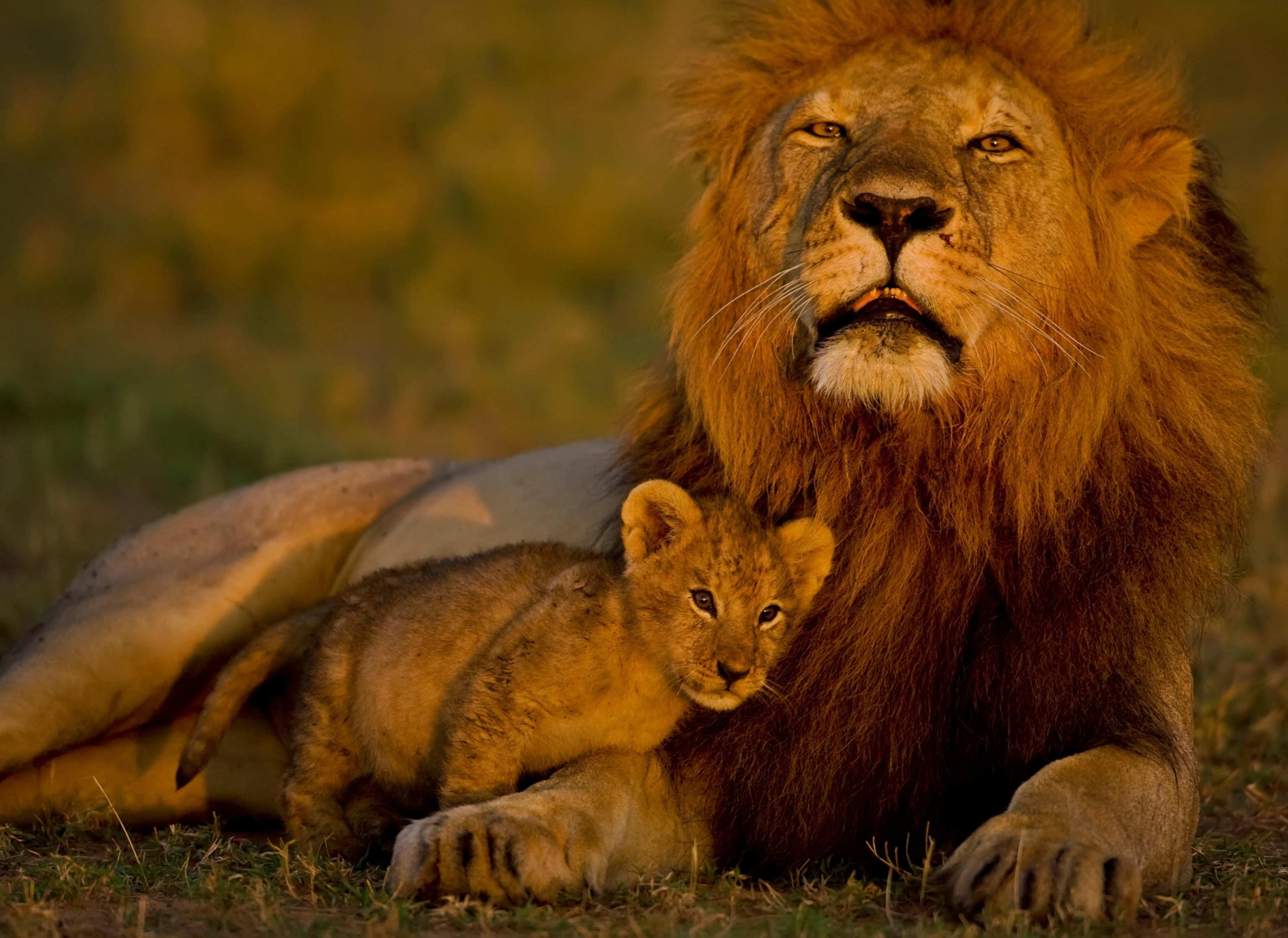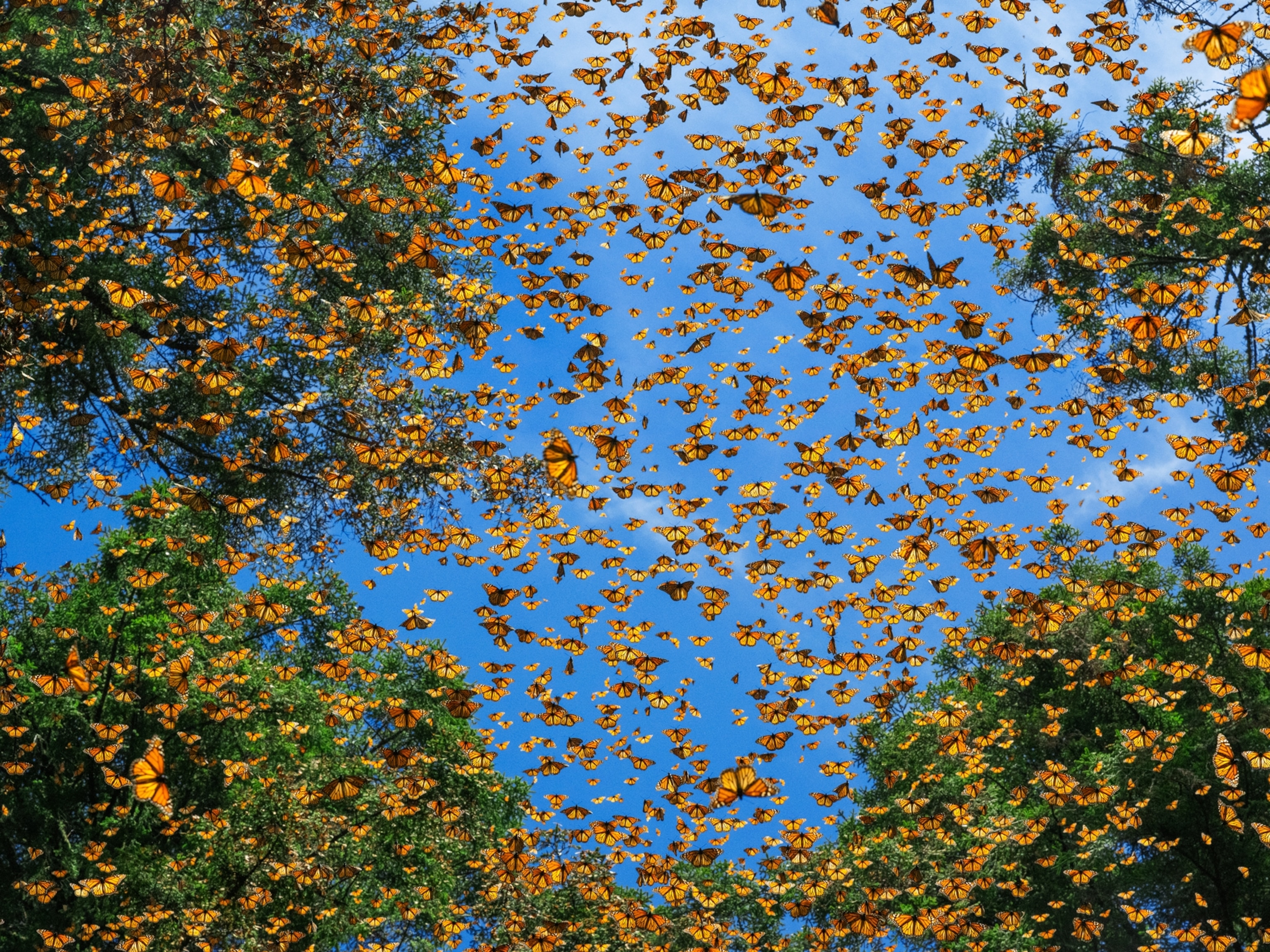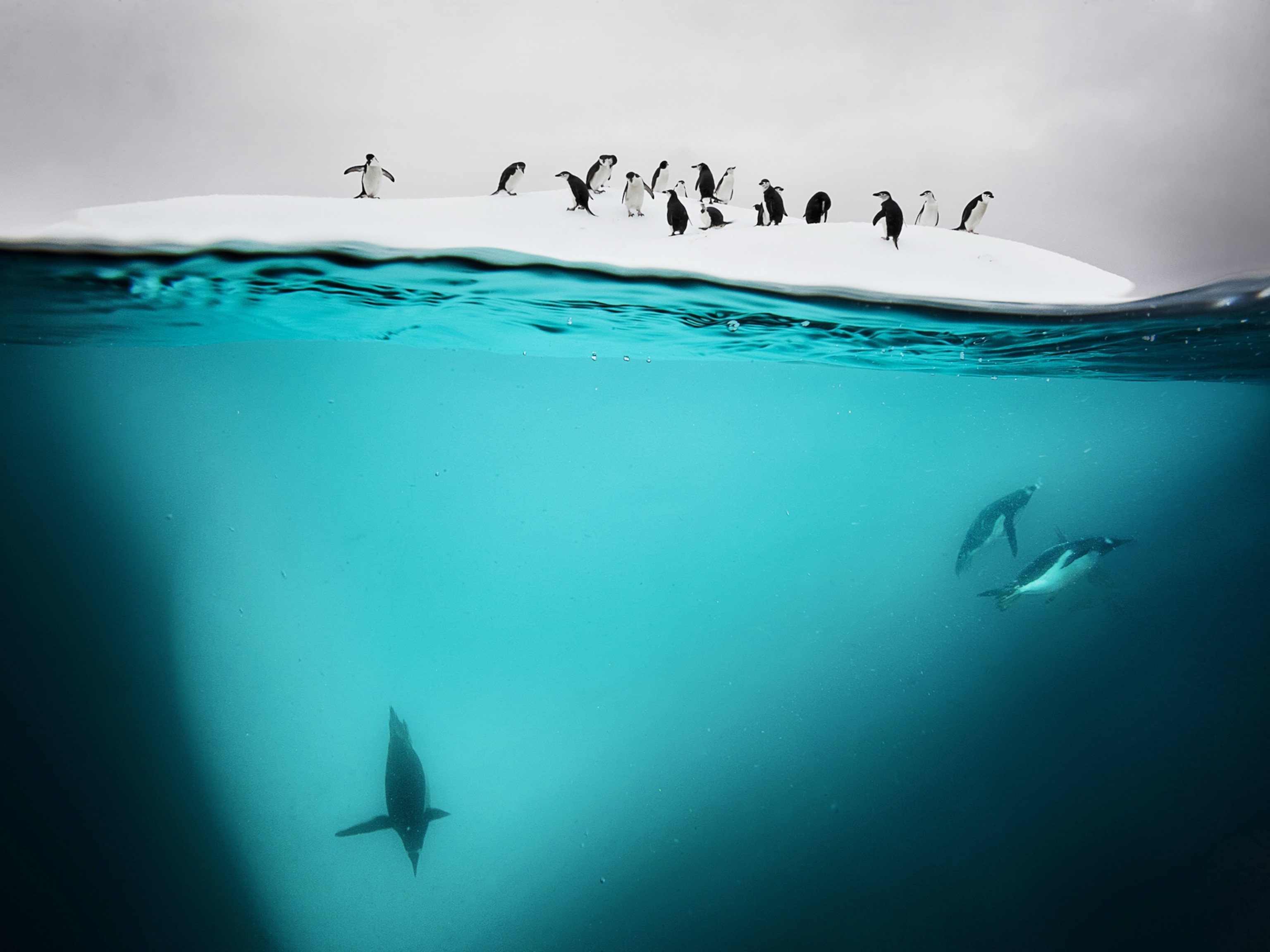See heartwarming moments between animal dads and their babies
From emperor penguins to owl monkeys, fathers put in a lot of effort to raise their young—despite being overshadowed by moms.
In the realm of animal parenting, dads don’t get as much love as moms. You don’t see pictures of polar bear cubs cuddling with their old man, or a baby otter snoozing on its father’s floating belly.
It’s true that plenty of animal dads don’t contribute much to their offspring but their genes. In some species, males’ actions can seem far from fatherly: lemurs, lions, and grizzly bears sometimes kill infants of their own kind.
But animal behaviorist Jennifer Verdolin, author of the book Raised by Animals, offers a counternarrative: She says many animal dads have been minimized and sidelined by society.
“We have this narrative that mothers are caring and when a dad does it, it’s somehow miraculous,” she says. (Learn about six animal dads that go to extremes to raise their young.)
Yet dads guard nests, sit on eggs, defend dens and territories, feed gaping mouths, carry youngsters on their backs, and play with their kids. Their methods and roles vary as much as the species themselves, but many of these fathers have something in common—they are bonded with females.
“Usually you see a lot of male care when mom and dad have a close relationship, and dad can be relatively certain that he’s spending time taking care of kids that he has sired,” explains Eduardo Fernandez-Duque, a biological anthropologist and National Geographic Explorer. “Otherwise why would he be spending time on the kids if his mate has been cheating?” (Some animal dads, such as Barbary macaques and orcas, actually do care for the young of others.)
Biparental care tends to be more common in species with young that develop externally, like birds with their eggs, because it’s more practical for each parent to share the load. “Mammals have a different situation than fish or birds because of lactation and pregnancy, which only mom can do,” he says.
In other cases dads, though, dads essentially go it alone. Even among coupled species, parenting arrangements sometimes mean that mom is absent, such as with emperor penguins, whose dads remain alone for months at a time. (Read more about the single dads of the animal world.)




